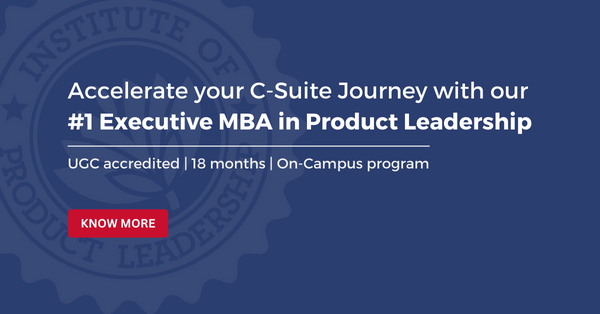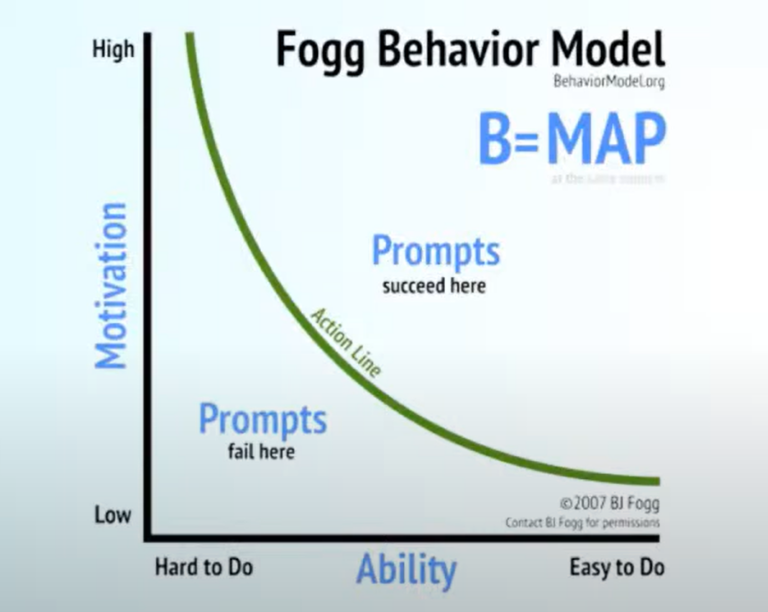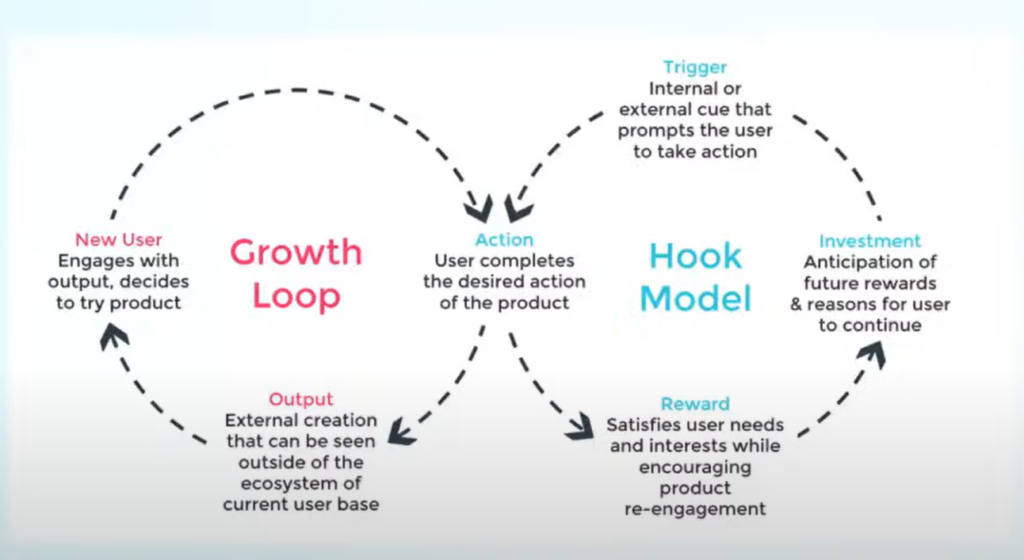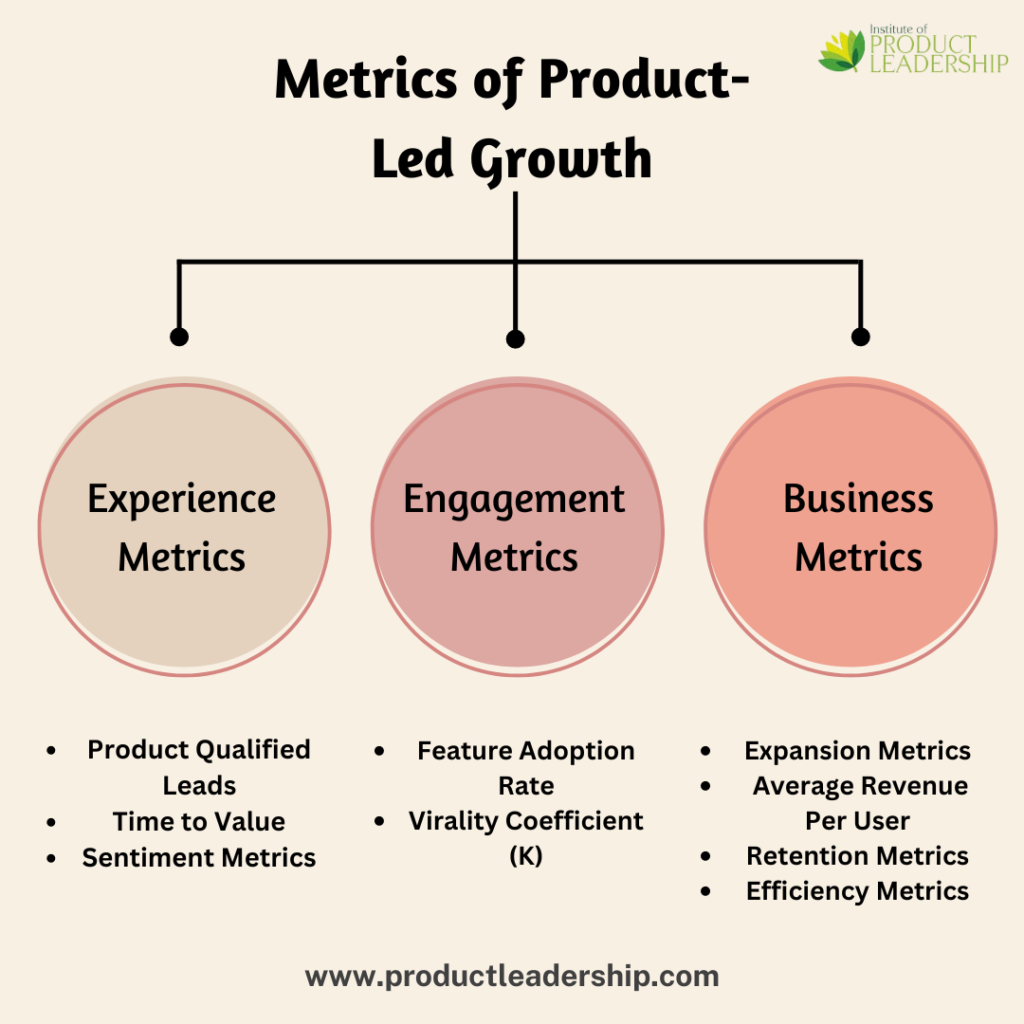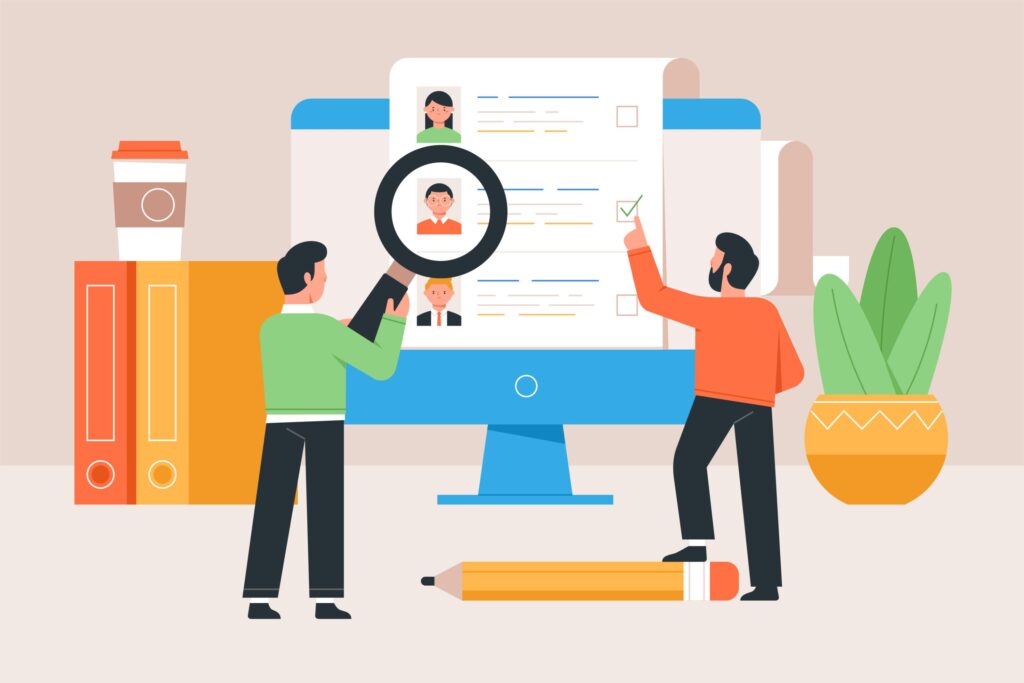1. Experience Metrics
Experience metrics are foundational indicators that assess the quality of user interaction and satisfaction with a product or service. These metrics emphasize the user-centric approach and align with strategic business goals. By measuring experience metrics, businesses gain valuable insights into user engagement, adoption rates, and overall customer satisfaction, enabling informed decision-making and continuous improvement of the user experience. There are two main types of experience metrics:
(i) Product Qualified Leads (PQL)
PQLs are activated users who’ve experienced the “aha” moment, like designing a layout on Canva or hosting a webinar on Zoom.
The goal? Enhance PQL conversion—transform all PQLs into converted users.
(ii) Time to Value (TTV)
TTV signifies the time from user interaction to experiencing the “aha” moment, e.g., joining a Zoom meeting seamlessly.
Optimal TTV is essential for user conversion—different products may have varying TTV dynamics based on user maturity.
(iii) Sentiment Metrics
Net Promoter Score (NPS), Customer Effort Score (CES), and Customer Satisfaction (CSAT) gauge user sentiment.
These metrics reflect user loyalty, ease of use, and overall satisfaction.
2. Engagement Metrics
Engagement metrics quantify the level of interaction and involvement users have with a product or service. These metrics provide a deeper understanding of user behavior, feature adoption rates, and product usage patterns. By analyzing engagement metrics, businesses can optimize product experiences, enhance user retention, and drive organic growth through increased user satisfaction and loyalty. There are two main types of engagement metrics:
(i) Feature Adoption Rate
Measures the adoption of key features within the product.
High adoption rates signify core features driving user engagement and satisfaction.
(ii) Virality Coefficient (K)
K estimates the average number of new users acquired through existing users over a defined period.
A vital indicator of product virality and organic growth potential.
3. Business Metrics
Business metrics encompass key performance indicators (KPIs) that focus on revenue generation, customer retention, and operational efficiency. These metrics provide actionable insights into business growth, profitability, and scalability. By tracking and optimizing business metrics, organizations can maximize revenue, improve customer lifetime value (CLTV), and optimize resource allocation to achieve sustainable growth and competitive advantage in the market. There are 4 common types of business metrics:
(i) Expansion Metrics
Monthly recurring revenue (MRR) growth from existing customers through cross-sells and upsells.
Essential for optimizing return on ad spend (ROAS) and reducing customer acquisition cost (CAC).
(ii) Average Revenue Per User (ARPU)
ARPU evaluates revenue generated per user.
Detects shifts in customer base and guides strategic adjustments.
(iii) Retention Metrics
Net Revenue Retention (NRR) and Net Revenue Churn quantify revenue retained from existing customers versus lost revenue due to downgrades or churn.
These metrics reveal customer retention health and inform corrective actions.
(iv) Efficiency Metrics:
Productivity metrics like Average Revenue Per Employee (ARPE) and Customer Acquisition Cost (CAC) highlight operational efficiency.
ARPE indicates revenue generated per employee, while CAC calculates the cost of acquiring a customer.
